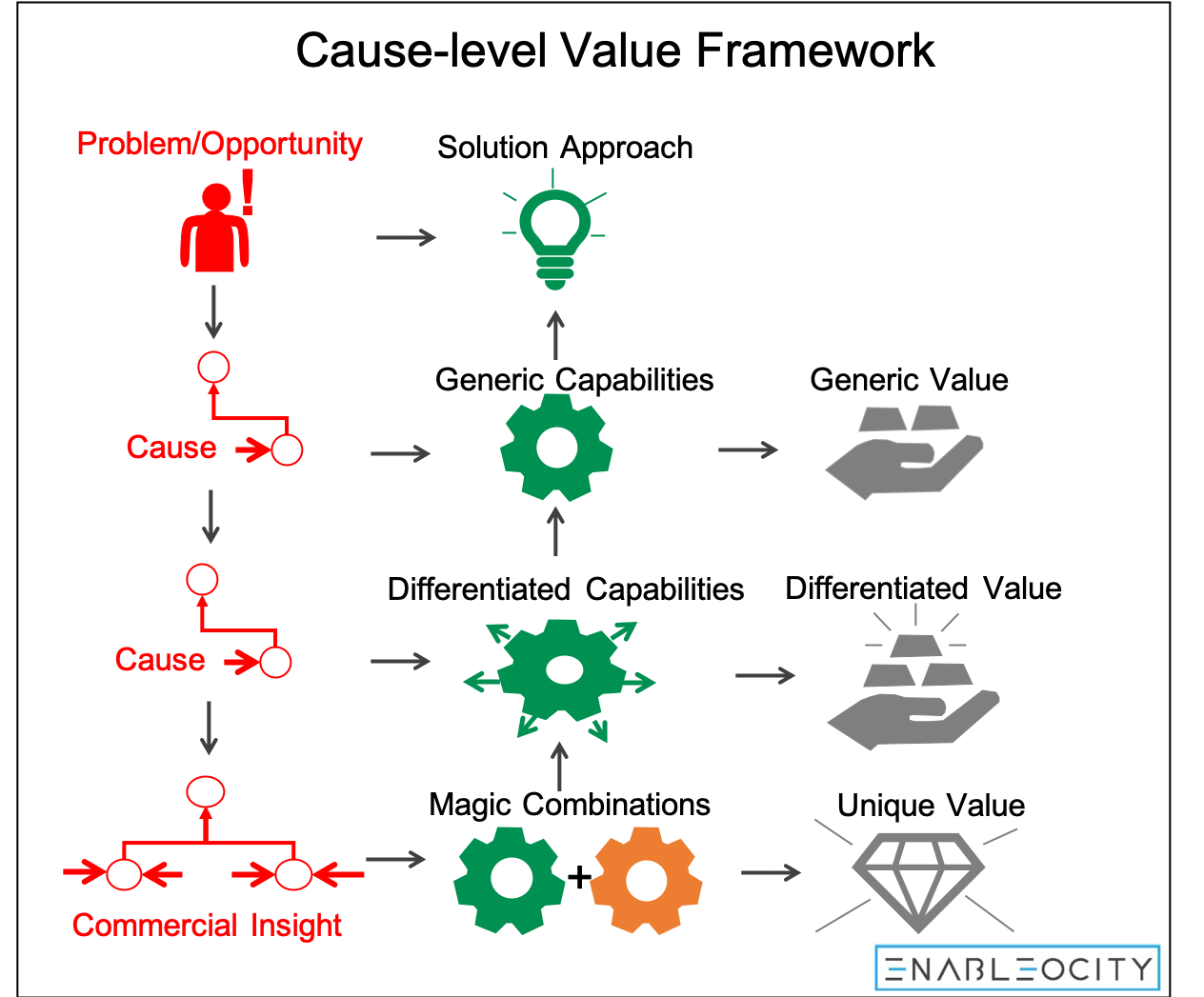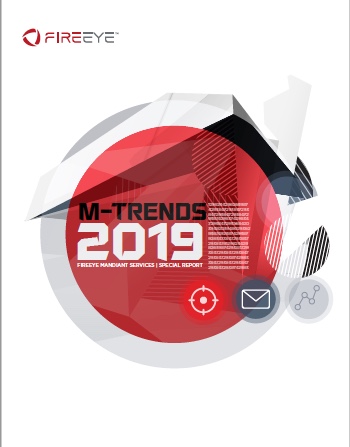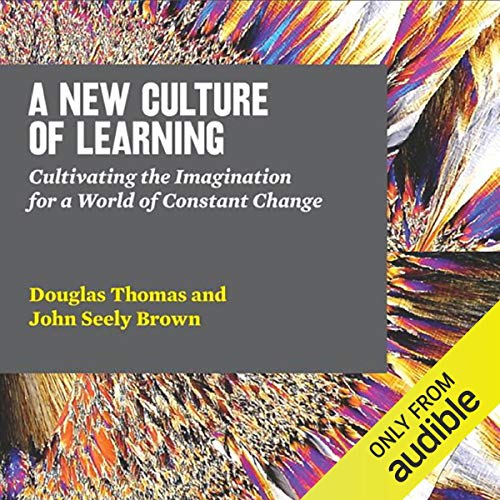I have been working in complex B2B sales enablement consulting and as a sales enablement practitioner for the past 16-years. Right from the first engagement where I rode-along on sales calls, to the conversation I had last week with a sales leader, a consistent problem persists: salespeople do not know how to effectively communicate value with buyers.
One of my early mentors crystallized the importance of the sales communication problem when he said, “there are only two things that really matter in sales:
- How many meetings you have each week with prospects, and
- How good you are in front of prospects"
Getting in front of prospects and being effective are both dependent on conversations based on value that resonates with buyers.
Cause of the Problem
- The root-cause of the above problems is that the buyers’ business problems are not clearly understood by marketing teams who create the sales messaging
- Many marketing teams continue to create internally-focused, product-centric messages
- Sales teams are trained to use product feature-function and benefit messages to communicate with buyers
- The salesperson - or worse the buyer - has to translate that product messaging into how using the product could create value in their unique use case
- On average, a 10-person sales organization generates 32,000 messages per year in communicating with customers. If they are only 5 out of 10 for value, is there any wonder that pipelines are empty, win-rates are less than 50%, and quota achievement is stuck at 53%?
Impact of the problem
- If the website and sales messaging are focused on features, functions, and benefits, salespeople will struggle with insufficient inbound lead flow and difficulty engaging buyers, evidenced by a weak pipeline.
- When sales messaging is product-centric, salespeople will adapt their presentations to their own way of thinking to try to communicate more effectively with prospects. This creates message proliferation, where everyone has their own version of the truth. Does this sound familiar?
- Customers are confused as there is no alignment between website messaging, the sales conversation, and conversations with pre-sales and customer success.
- Long sales ramp times of 8-12 months or more, due to lack of uniform and useful sales messaging.
- Low quota-achievement
- Lots of deals lost to no-decision or to competitors
Resolution - A methodology to derive a Use-case Value Framework
Clarity in communicating how you create value for your ideal customers is vital in attracting the right visitors to your Website and in sales conversations with Internet savvy buyers. But how to create messaging that connects your capabilities and value creation to buyer needs and differentiates from competitors?
The Cause-level Value Framework below is a combination of a number of different ideas I have experimented with over the past 16 years. I'll explain how it is derived below.

Capability - Value Development
- Creating Value Messaging requires a collaborative effort between top salespeople, product marketing, SME’s, SEs, and Sales Enablement.
- The starting point for the messaging work are the Use Cases tied to the Buyers’ problem, challenge, or unmet opportunity.
- For messaging to be effective, it is important to understand the causes of the Buyers’ problems. A diligent analysis of the causes of the Buyers’ problem will identify generic and differentiated capabilities as well as magic combinations of capabilities that only you can bring to the table. This uses ideas from content strategy guru Jim Burns at Avitage.
- Only when you truly understand the causes of a problem, by looking beyond the obvious, is it possible to create commercial insight. This term comes from the book, The Challenger Sale and according to Gartner, “Commercial Insight is typically developed by combining information, such as facts, data, industry trends, experiences, and observations with customer needs, like business growth, increasing profits, and reducing attrition, to create a unique conclusion”. Creating commercial insight is a bridge-too-far for many marketing teams and often requires outside expertise to guide, contribute insight and validate results.
- Once you have captured commercial insight, only you can articulate how the magic combination of your products and services creates unique value. Your solution approach will combine generic capabilities, differentiated capabilities, and magic combinations of capabilities that create unique value for the customer.
Where to From Here
Now that you have captured value messaging that aligns your capabilities and value with Buyers’ goals and unmet needs, this can be applied to create the following:
- Marketing messaging to drive the website and inbound marketing campaigns
- Brand messaging (using a bottom-up approach) that resonates with buyers
- Sales-ready messaging to populate sales playbooks, scripts, sales conversations, emails, sales presentations, proposals and stories
If you would like to discuss how Enableocity could help you derive your value messaging and convert it into sales ready content including sales playbooks, hit the Playbook help button below.




